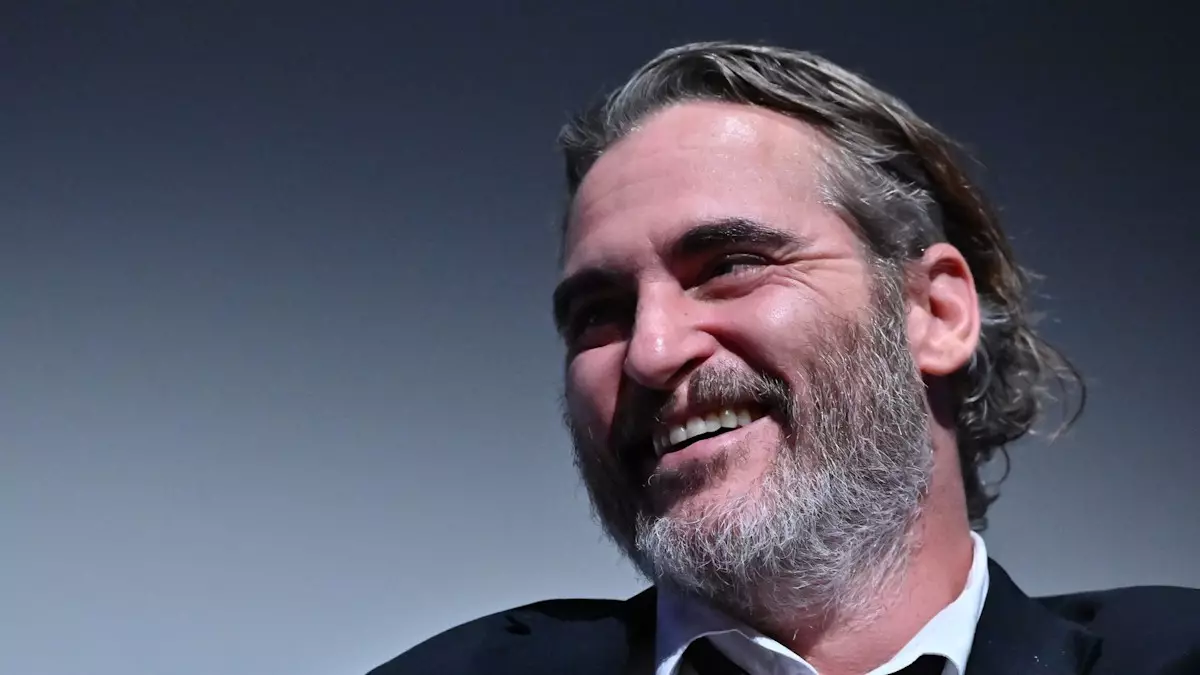Joaquin Phoenix is known for his immersive performances, and his upcoming film “Joker: Folie à Deux,” set to release on October 5, is no exception. Following his Oscar-winning performance as Arthur Fleck in the 2019 film “Joker,” Phoenix has once again committed to a significant physical transformation to authentically portray the troubled character. In collaboration with Lady Gaga, he is expected to deliver a masterclass in acting. However, it’s not just his weight that has changed; the meticulous alterations to his appearance, especially his dental aesthetics, highlight his dedication to embodying the character of Arthur Fleck profoundly.
Phoenix’s transformation for “Joker: Folie à Deux” reflects a broader trend in Hollywood where actors undergo drastic physical changes for their roles. In the previous film, Phoenix adopted an extreme diet, which consisted mainly of lettuce and steamed vegetables to achieve an emaciated appearance. This dramatic weight loss contributed significantly to the visual storytelling of Arthur Fleck’s mental and emotional turmoil.
However, this time around, Phoenix seems to be shifting focus. While he admitted that both he and Lady Gaga underwent weight loss for their roles, he has opted not to discuss the specifics of his diet. During the recent Venice Film Festival, he emphasized that the audience might not be interested in the minutiae of his physical regimen, effectively redirecting the conversation from body transformation toward its impact on performance. This shift indicates a maturation in Phoenix’s approach, where he prioritizes the nuances of character over the physical spectacle.
One of the most notable aspects of Phoenix’s transformation lies in his dental work, meticulously crafted by celebrity cosmetic dentist Dr. Jon Marashi. The original “Joker” required Phoenix’s teeth to reflect a state of decay and neglect—an embodiment of Arthur’s societal status as a failed comedian. Dr. Marashi’s expertise allowed Phoenix to achieve a grotesque and unsettling dental appearance that complemented the character’s tragic narrative.
Interestingly, after the filming wrapped, Marashi had to restore Phoenix’s teeth for promotional events. Through a playful interaction, Phoenix expressed his gratitude towards Marashi, humorously acknowledging the dentist’s role in creating a “terrible” smile for the character. This relationship illustrates a fascinating aspect of character portrayal: the necessity for actors to rely on specialized skills beyond their own to craft an authentic portrayal of complex characters. It showcases the collaboration between actors and artists from various disciplines in filmmaking.
Phoenix’s journey with his character is not solely about physical change; it’s equally about emotional depth. He recognizes that the visual aspect alone cannot encapsulate Arthur Fleck’s struggles. By shifting the focus away from the spectacle of weight loss, Phoenix is allowing himself the space to explore and communicate the psychological intricacies of his character.
The actor’s choice to dial down discussions related to weight loss reflects a mature understanding of the media’s obsession with physical appearance. Instead of allowing the discourse to veer into unhealthy territory, he is advocating for a narrative that prioritizes emotional authenticity and the journey of the character. This delicate balance showcases Phoenix’s growth not only as an actor but also as an advocate for mental health awareness, resonating deeply with the film’s themes.
As we await the release of “Joker: Folie à Deux,” the anticipation surrounding Joaquin Phoenix’s performance continues to build. His willingness to undergo significant transformations—be it through weight, dental work, or emotional depth—demonstrates a level of commitment that is both admirable and essential in the realm of acting. Phoenix’s journey underscores a profound truth about performance art: it is a convergence of various elements, from physical appearance to psychological engagement, that creates an impactful portrayal. By focusing on the substance rather than superficiality, Phoenix is setting a new standard for character immersion in contemporary cinema. As the film approaches its release, audiences are primed to witness not just a performance, but an experience imbued with passion, dedication, and the poignant complexities of the human condition.

